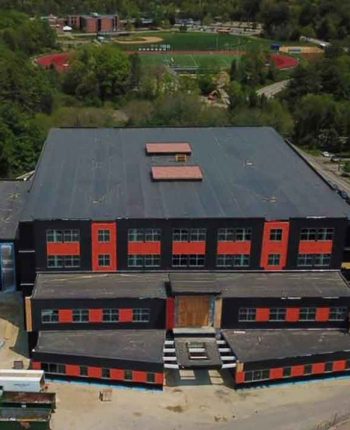
Key Points
- Energy management programs should incorporate elements of industrial process control.
- Monitor energy use in the production area to identify waste and implement savings opportunities.
- A successful energy management program requires the cooperation of all production staff.
The wide variety of energy intensive processes in manufacturing facilities makes tracking and managing energy use a challenge. While energy costs can be significant, often little attention is paid to how that energy is used in production. There are a host of energy saving opportunities for manufacturers, a gap in knowledge can hinder the ability to take advantage of these opportunities. To manage energy costs effectively, it is important to measure energy use throughout the facility, identify waste, and takes steps to improve efficiency.
Measuring for control
Conventional energy management programs focus on building oriented systems, such as lighting and heating, ventilation and air conditioning (HVAC). While these are important, the majority of energy use in a typical manufacturing facility is devoted to production. To optimize savings, the energy management process should include elements of industrial process control as part of a program to improve efficiency.
Energy management should also integrate the energy cost element in production area planning for continuous improvement in cost control. Analysis of data from voltage meters, as well as temperature and flow sensors, can provide process accountability, monitoring, and control. Each department must realize that energy use is integral to their total cost. Moreover, they need real-time data in order to identify waste and make improvements in a timely manner.
Energy saving measures for production facilities Manufacturing processes are diverse. Cost-cutting measures for a variety of industry segments and applications follow:
- Finishing operations. Minimize paint booth length and cross sections to reduce air supply and energy use while maintaining proper air flow. Add variable frequency drives to control systems and air recirculation to the drying cycle.
- Machining operations. Install control valves in the coolant supply piping of each machine to only feed coolant when the machine is in operation. Determine the optimum coolant amount by checking the lowest allowable pressure that does not negatively impact tool life. Turn off machines when not in use.
- Refrigeration systems. Install variable speed control drives on evaporator fans, compressors, and pumps to reduce energy costs; only using refrigeration equipment when needed. Implement active defrost management.
- Robotic systems. Hydraulic and electric robots are widely used in manufacturing facilities. Hydraulic equipment for robots must operate whether the unit is in motion or idle, wasting energy. Electric robots use up to 70 percent less power, depending on the task.
- Cleaning operations. Use an electric timer shutdown circuit to reduce the run time of spray wash pumps, which normally operate (and consume energy) continuously. Select cleaning chemicals that operate at lower temperatures.
- Drying equipment. Minimize heat loss with proper insulation; repair any air leaks. Also, adjust operation flow to ensure that parts arrive at the drying station as warm as possible.
- Process heating. Replace steam systems with energy efficient, direct fire gas technology for savings of 33 to 45 percent, depending on the application.
Many energy saving measures cut across a variety of industries. For example, replacing pneumatic tools with gauges, drives, and controls can reduce the need for compressed air— a very expensive utility. Energy management solutions also incorporate high efficiency motors, improved power quality, and peak demand reduction.



